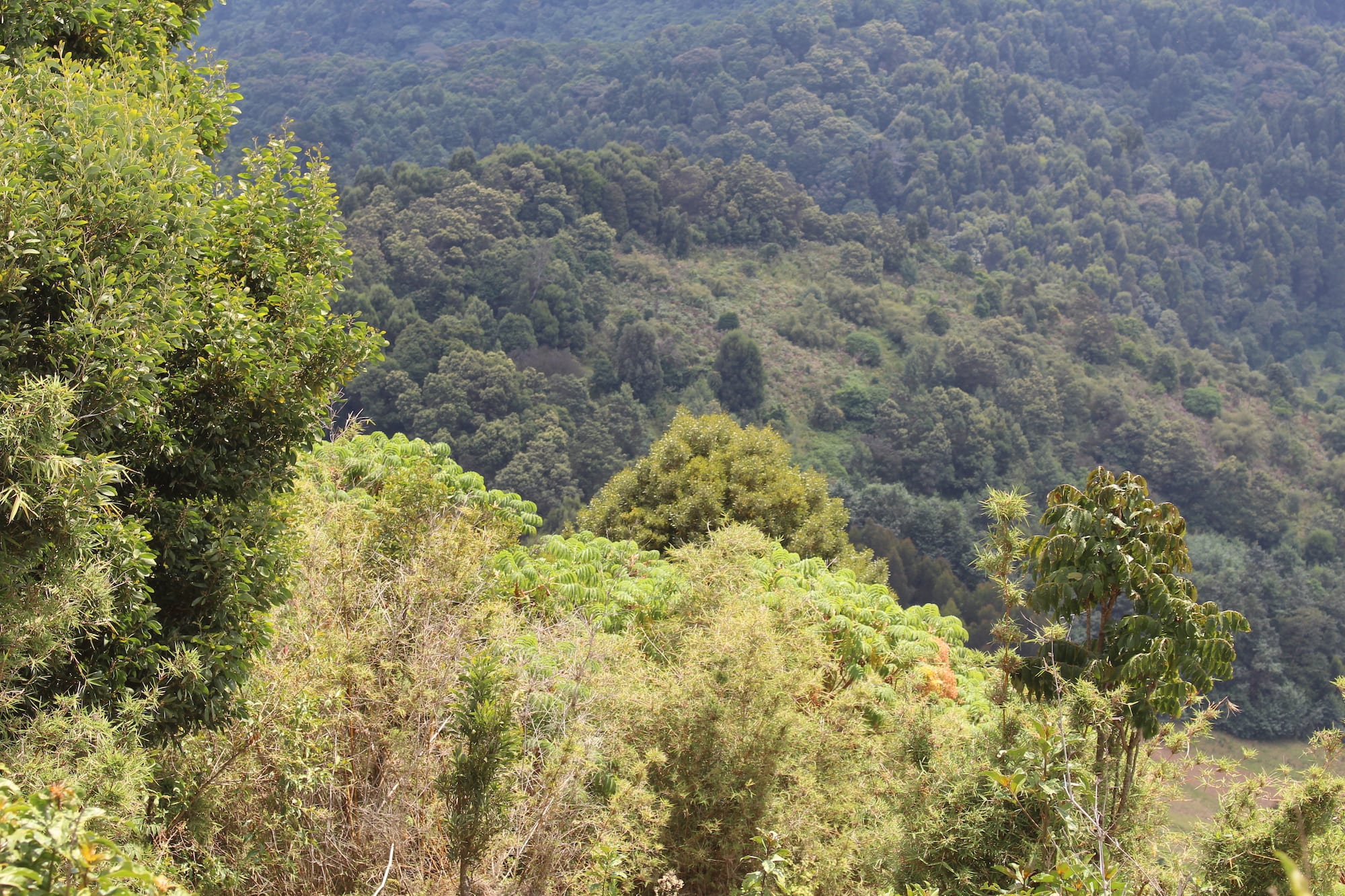
Tourism Experience
Tourism Development Master Plan
Client: Rwanda Environment Management Authority (REMA)
A Tourism Development Master Plan is a comprehensive blueprint designed to guide the sustainable growth and development of a tourism destination. This plan typically focuses on balancing economic growth with environmental sustainability, enhancing visitor experiences, and ensuring long-term viability for the local community. The process begins with a thorough analysis of the current state of the tourism sector in the area, identifying strengths, weaknesses, opportunities, and threats. This includes examining infrastructure, existing attractions, accessibility, market demand, and competitive positioning.
Project Scope
A Tourism Development Master Plan is a comprehensive blueprint designed to guide the sustainable growth and development of a tourism destination. This plan typically focuses on balancing economic growth with environmental sustainability, enhancing visitor experiences, and ensuring long-term viability for the local community. The process begins with a thorough analysis of the current state of the tourism sector in the area, identifying strengths, weaknesses, opportunities, and threats. This includes examining infrastructure, existing attractions, accessibility, market demand, and competitive positioning.
The master plan starts with setting clear objectives for the tourism sector, aligning these goals with the broader economic and social priorities of the region. This often involves fostering a sustainable tourism model that preserves the area’s natural resources, cultural heritage, and local communities while boosting economic growth. The plan also assesses the target market, identifying key tourist segments such as leisure, adventure, eco-tourism, luxury, and cultural tourism, to ensure that the development strategy aligns with the preferences of potential visitors.
Infrastructure development is a critical element of a Tourism Development Master Plan. The plan must identify key infrastructure needs, such as transportation networks, utilities, accommodation, and visitor services, and propose solutions for expanding or improving them. This includes developing roads, airports, and ports, as well as ensuring adequate facilities for tourists, including hotels, restaurants, and recreational areas. The plan must also consider sustainability in infrastructure development, ensuring that any new construction or upgrades meet environmental standards and contribute to the long-term preservation of the destination.
A key component of the master plan is developing a variety of tourist attractions and experiences that can cater to a wide range of visitor interests. This could include the development of cultural attractions, eco-tourism sites, adventure tourism opportunities, wellness retreats, and other experiential offerings that align with market demand. The plan should ensure that attractions are accessible, well-maintained, and offer high-quality visitor experiences.
Community involvement is also essential to the success of a Tourism Development Master Plan. Engaging local communities ensures that the benefits of tourism are distributed equitably, creating job opportunities and encouraging local entrepreneurship. At the same time, it’s important to mitigate any negative impacts, such as overcrowding or environmental degradation, by promoting responsible tourism practices and educating visitors and locals alike.
Financial feasibility is another key aspect of the master plan. A detailed financial model should outline the required investment for infrastructure, attraction development, and marketing initiatives. The plan should also provide projections for revenue generation, ensuring that the tourism sector will provide a return on investment over time. The funding sources could include public-private partnerships, government grants, and private sector investment. Additionally, the plan may include strategies for marketing and promoting the destination, leveraging digital platforms, social media, and partnerships with travel agencies and tourism organizations to attract a global audience.
Finally, the master plan incorporates a clear timeline for implementation, identifying short-term, medium-term, and long-term goals. This phased approach allows for monitoring progress and making adjustments as necessary. The plan should include mechanisms for periodic reviews and updates to keep pace with changing market trends, visitor demands, and environmental conditions.
In conclusion, a Tourism Development Master Plan serves as a strategic framework for guiding the sustainable growth of a destination, ensuring that tourism development benefits the economy, preserves the environment, and enhances the local community’s quality of life. By focusing on infrastructure, attractions, market positioning, sustainability, and financial feasibility, the master plan creates a roadmap for transforming a destination into a thriving, globally recognized tourism hub.
